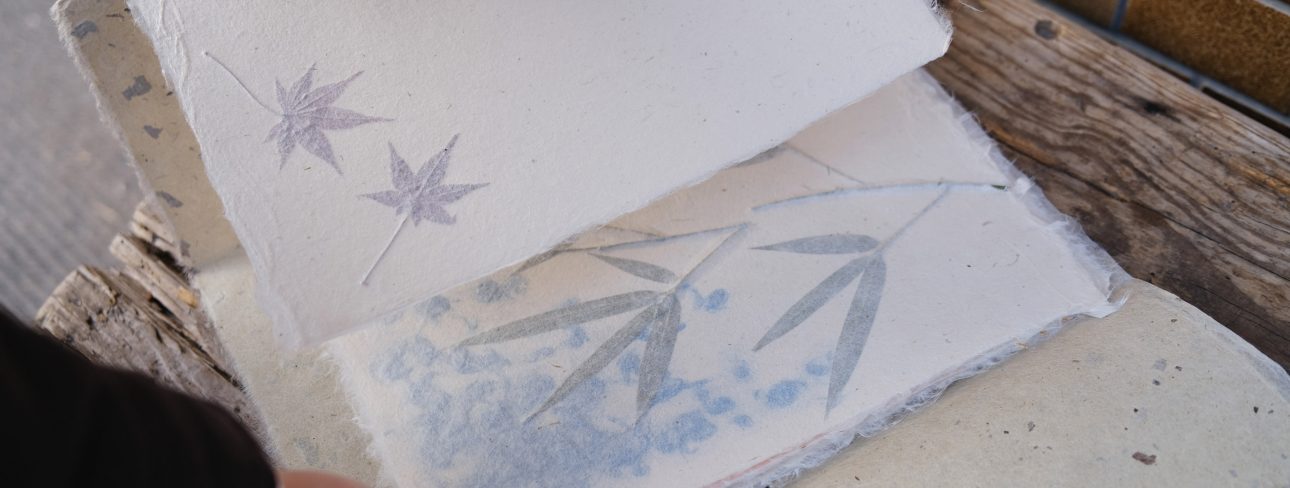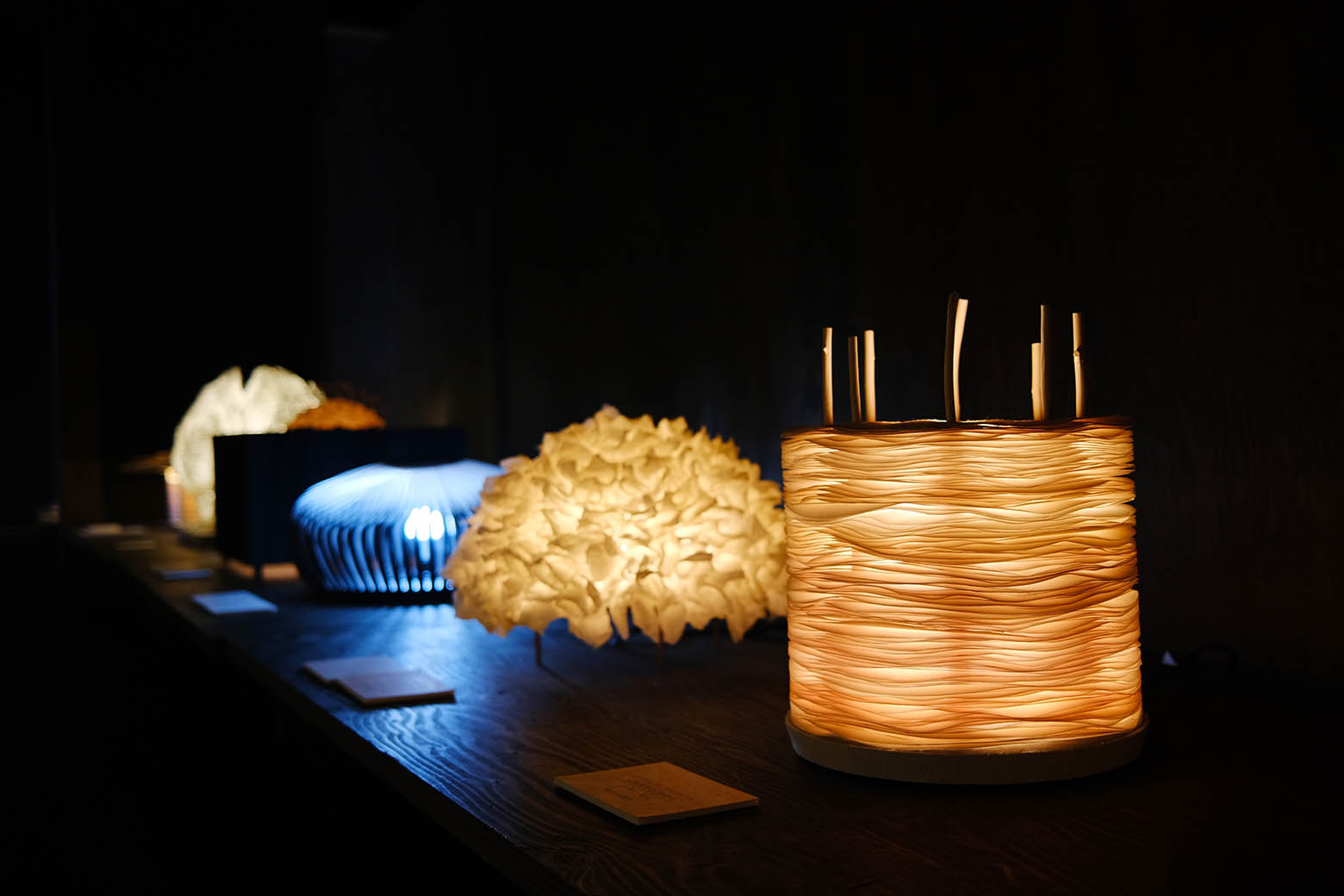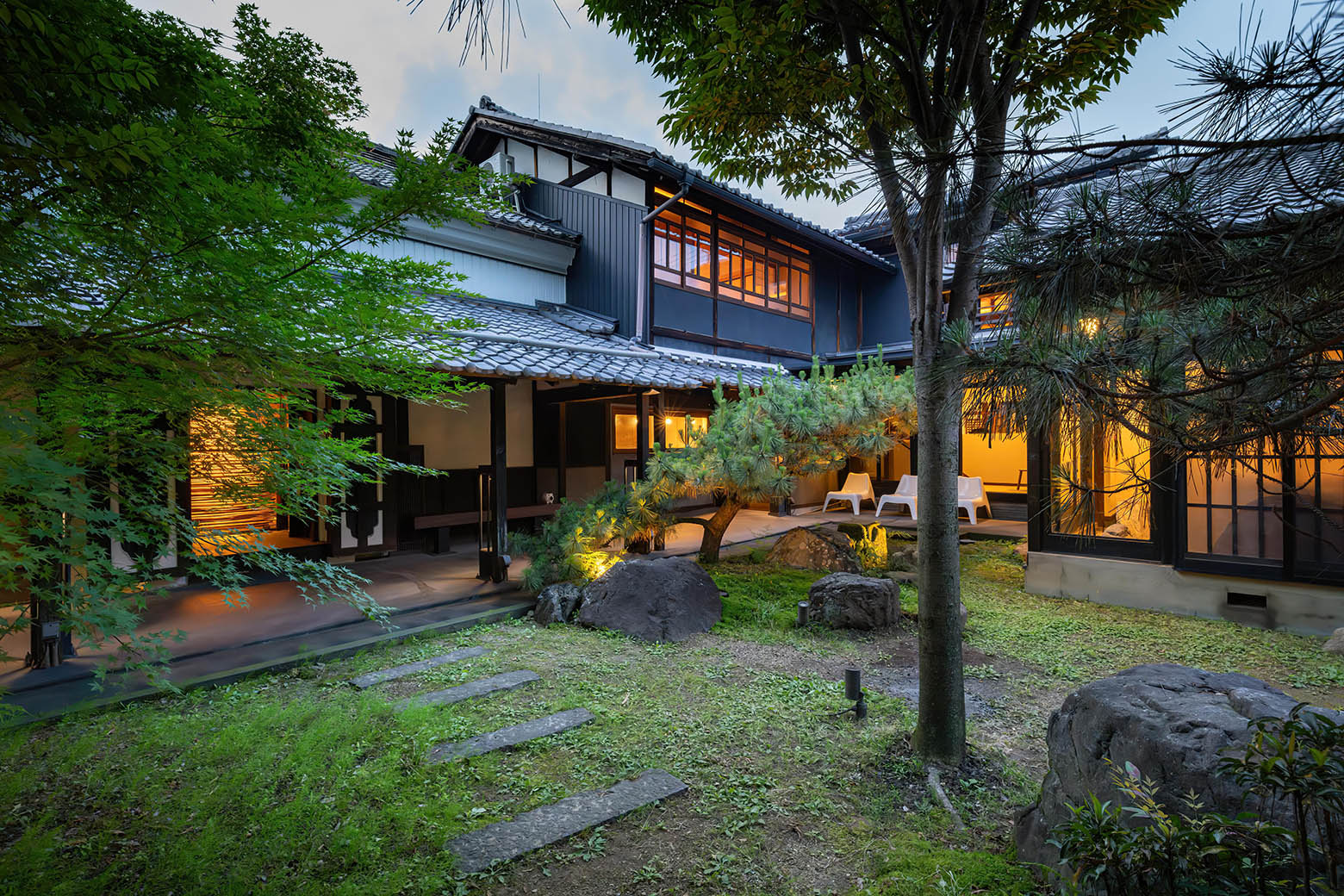On the second day of our journey along the Nagara River, we took a train for about an hour to Mino, a merchant town known for producing a type of Japanese paper called Mino washi. We woke up in Gujo, so the day started with a light meal from the cafe inside Gujo Hachiman Station, one of the stops for the sightseeing train that runs on the Nagaragawa Railway.
Sleek Paper and Ostentatious Merchant Homes: Mino

-


Gujo Hachiman Station was built in 1929 and looks much the same as it did when it was first built, with its wooden exterior and large sliding doors leading to the platforms. We rode in a single-car train along Nagara River south to Mino. We watched the river wind through mountains and enjoyed the idyllic scenery of grassy riverbanks and radiant forest groves for almost the entirety of our journey.
-


An Ornate Town of Papermaking
-
The city of Mino was founded when warlord Kanamori Nagachika was appointed to govern the area following his service in the Battle of Sekigahara in 1600. He built Ogurayama Castle on the banks of the Nagara River, but this location often flooded. By 1606, the castle and surrounding town were relocated to higher ground about a kilometer away. This kept the town safe from flooding while also maintaining easy access to river transport. This made Mino the central hub for the local papermaking industry, and many of those goods were shipped downstream and then to customers around the country. With the paper trade flowing as fast as the river did, Mino flourished.

Walking around the old merchant area, we noticed tall trees, a lack of power lines, and many stationary shops and modern offices behind traditional wooden slatted windows. This is because in 1999, Mino’s town center was designated an Important Preservation District. There are no tall buildings to block the view of the mountains. The refined wooden buildings, framed by the lush mountains surrounding the city, and the quaint atmosphere of the historic neighborhood are brought to life by the bakeries, small cafes, and Mino washi craft shops in business today.
The papermaking tradition that led to Mino’s riches is still a big part of modern life. This region of Gifu has been well known for making high-quality paper for at least 1,300 years. Pristine water is key—Mino washi is traditionally white, any impurities in the water could stain the paper. It was often used for lining shoji screen doors and windows, for it is especially strong, translucent, and smooth. Papermaking was highly competitive, especially in terms of quality.

It seems those in the paper business also competed to show off their wealth. One of the main ways to show wealth was with udatsu, protruding firewalls that serve as a barrier between buildings. Being able to afford elaborate udatsu, which are usually complete with decorative ceramic tiles, was a sign of financial success. Mino has so many ostentatious udatsu that it is known as the “Udatsu Wall Historical District.” Even the most simple udatsu have elegant layers of tiles, while a classic inn like Okasen Ryokan has decorative symbols of luck and success crammed together throughout its design.

Most udatsu are straight, but the Kosaka Family Residence and Sake Brewery is known for a pair of gently arched udatsu that appear to bow and greet approaching customers. We stopped inside the shop for a quick look around. Behind the shop, they have a storehouse that is now used as an art gallery and piano space. We also tasted water from an onsite well, which helped us appreciate how the clean and sweet groundwater from the Nagara River has been key to the robust flavor of their sake.

Sake is brewed in the back of the Kosaka property in an area which is off-limits to visitors, but there was plenty of historic architecture to appreciate while walking around the storefront area and making our purchases. This property is surprisingly large, with a row of storehouses that stretches down like a narrow little neighborhood. This is because, like in many other merchant towns, property taxes were based on how much room a building took up on the street. It led to many long narrow properties like this in Mino, with features like skylights up tall towers with white paint that let in more light, and entrances and indoor corridors wide enough to push carts to the back of the property. The brewery is not the only place in Mino that has kept these features, the Kosaka Family Residence and Former Imai Family Residence have many of their original features. At the Former Imai Family Residence, there is a cobblestone path that you can follow to the back of the property. The storehouses throughout are filled with little exhibits about Mino town history and festivals.

Making Our Own Mino Washi Paper
-
Every place we wandered to in Mino had lots to look at, both inside and outside. After having seen a few intricate paper lanterns displayed around town, we decided to stop by the Mino Washi “Akari” Art Gallery to learn about them. There were fantastic lanterns of all styles—from sleek, complex geometric patterns to life-size animals, complete with minutely cut paper ‘fur.’ Constructing something so ornate seemed daunting, but having seen all the lanterns for sale, we wanted to try out some papermaking ourselves.
-


-

For this, we drove about fifteen minutes out into the mountains to reach the Warabi district, home of Warabee Land. This is an artist-driven guest house with an onsite papermaking studio. The furnishings in the guest house show clear commitment to using natural materials and not letting anything go to waste. In the guest rooms, everything from the curtains to the ceiling is covered in paper designed to fit a different plant motif, and in the cafe space, there are chairs made of solid blocks of hardened paper pulp. One of the most striking common rooms has just about every surface covered in paper, from the floor and ceiling to the smooth tables with recycled record label pieces to the walls that look soft and fluffy but are actually hard to the touch.
-


-
Out in the workshop, a master craftsman explained the many time-consuming steps of preparing the clean, translucent pulp for Mino washi. We got to skip straight to the easiest part, working with the hazy white pulp suspended in clear water. There are local Mino methods of how to move a frame and screen to scoop and smoothly spread the pulp, and with personalized instruction, making five smooth sheets of paper was simple.
-


-
Next, we decorated our paper. The staff at Warabee already had many different natural materials like maple leaves, fancy touches like gold flakes, and other colors of washi or magazine papers prepared. The gold flakes were nice, but our favorite way to decorate was the Mino method of using a wire frame and a shower of water to create a patterned texture on the surface of the paper, an elegant touch we saw used on many shoji screens.
-


-
While we waited for our paper to dry, we sat in the cafe space and chatted with the artisan, Senda Takanori. He told us more about how customers with high expectations helped grow Mino’s paper business when more people used shoji screens in their homes, and how being a UNESCO Intangible Cultural Heritage helps Mino’s paper production continue to thrive today. He shared more about how he learned the techniques from an aged master who had wished to take on an apprentice. Although our instructor for the day and the staff at Warabee are always looking for new and creative ways to make washi appeal to modern consumers with items like personalized wedding invitations or sturdy furniture, Senda finds there is not much to improve the process of how the paper is made—it has remained relatively unchanged for 1,300 years for a reason.

Ending Our Day
-
On our way back into town, we took a break around sunset at another major photo spot at the Nagara River. An Edo-period lighthouse still stands where merchant boats docked to pick up shipments of paper, about a fifteen-minute walk from the town center. This is also where we found Mino Bridge. This 113-meter-long red suspension bridge spans not only the jade-colored water and boulders, but also the sprawling, rocky banks. This pedestrian bridge was completed in 1916 and was the first means people in this area had for getting across the river without a boat.
-


-
We wrapped up with a cozy night at Machiya Hotel Oyado Baison. This resort is a refurbished townhouse with showers, a coffee machine, and an all-inclusive mini-bar in every room, as well as communal spaces like a garden, a two-floor cafe, and a privately booked bedrock bath. No space is left untouched by a designer’s eye. The natural wood pillars and furniture provide a sense of stylistic unity through the little hotel, but no two rooms are the same. Although futon in Japanese-style rooms are more popular with foreign travelers, the Western-style mattresses were incredibly comfortable. It was the perfect place to unwind on the halfway point of our Nagaragawa journey. After a light breakfast the following morning, we took our patterned, glimmery, and artistically arranged sheets of paper and headed on to Seki, a bladesmithing town.
-


-

-
Gujo Hachiman Station
Address: Hachimancho Jonancho, Gujo, Gifu 501-4224
Access: https://maps.app.goo.gl/PehSkR8BevuSTF1Z8Udatsu Wall Historical District
Visit Gifu website: https://visitgifu.com/see-do/udatsu-wall-historical-district/
Kosaka Family Residence and Sake Brewery
Address: 2267 Aioicho, Mino, Gifu 501-3723
Access: https://maps.app.goo.gl/fwDgisEGgKRjiBKa8
Phone number: 0575-33-0682Former Imai Family Residence
Address: 1883 Izumicho, Mino, Gifu 501-3729
Access: https://maps.app.goo.gl/oZ1BHYhbJZcFFXDa7
Phone number: 0575-33-0021Mino Washi “Akari” Art Gallery
Visit Gifu website: https://visitgifu.com/see-do/mino-washi-akari-art-gallery/
Warabee Land
Address: 726 Warabi, Mino, Gifu 501-3788
Access: https://maps.app.goo.gl/PxLbJovS2uHy8JB69
Phone number: 0575-34-0310Mino Bridge
Address: 871-4 Maeno, Mino, Gifu 501-3716
Access: https://maps.app.goo.gl/T6YZxUt5vnZcCvKt8
Phone number: 0575-33-1122Machiya Hotel Oyado Baison
Address: 1949-1 Nagashigecho, Mino, Gifu 501-3727
Access: https://maps.app.goo.gl/7Q2mJs7wRXGhi5CF8
Phone number: 090-8396-2096




























 Twitter
Twitter
 Facebook
Facebook











